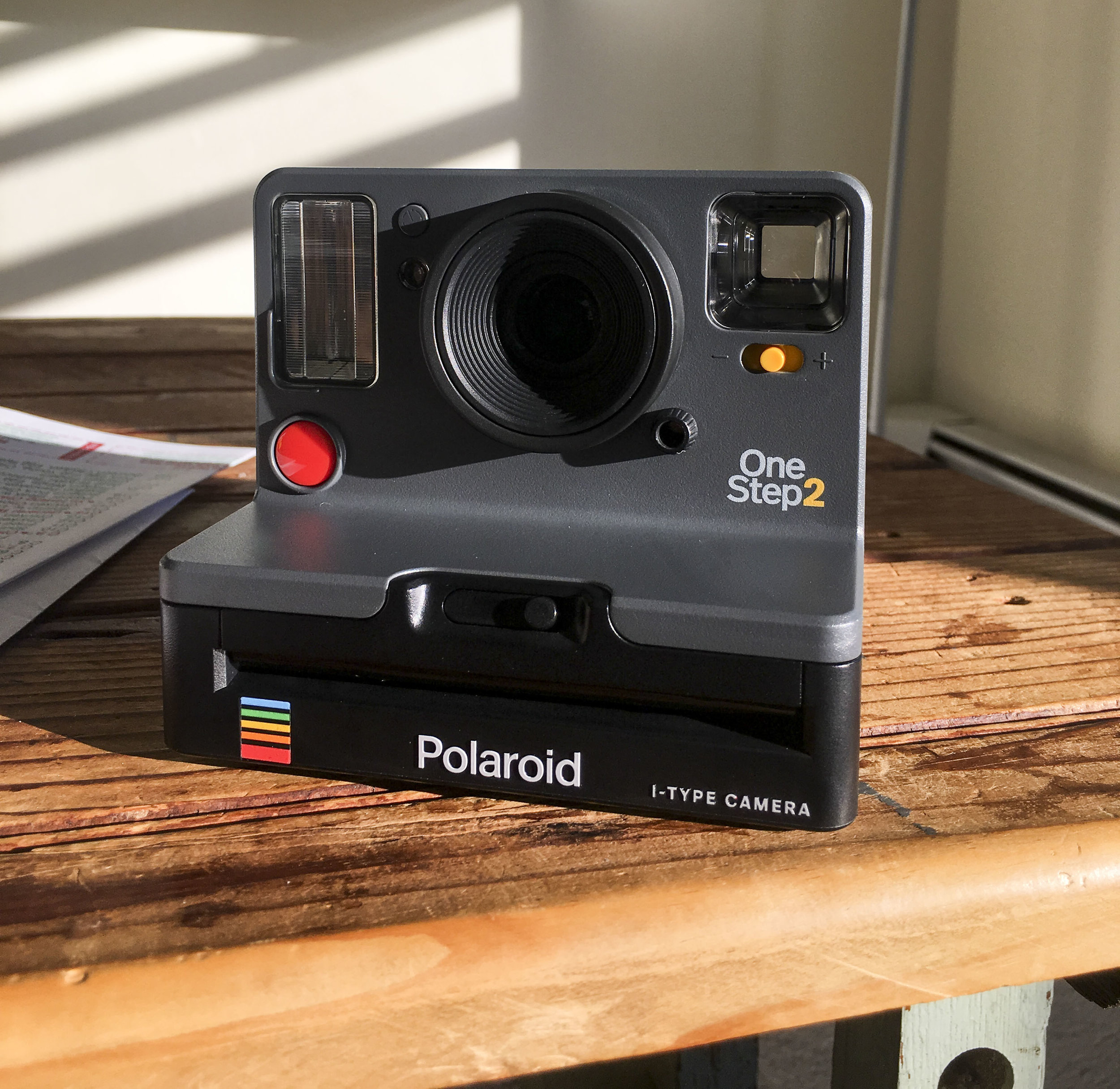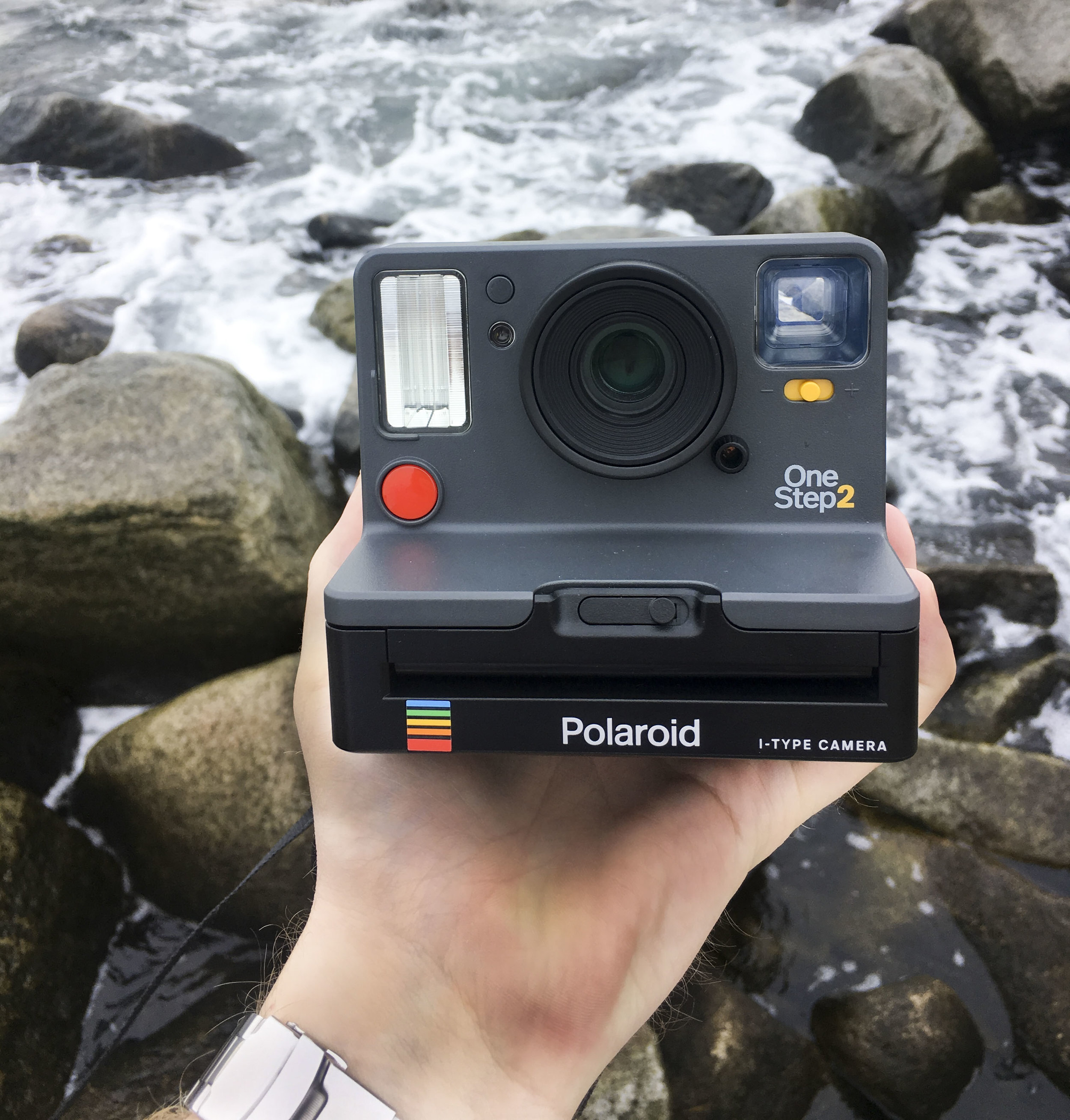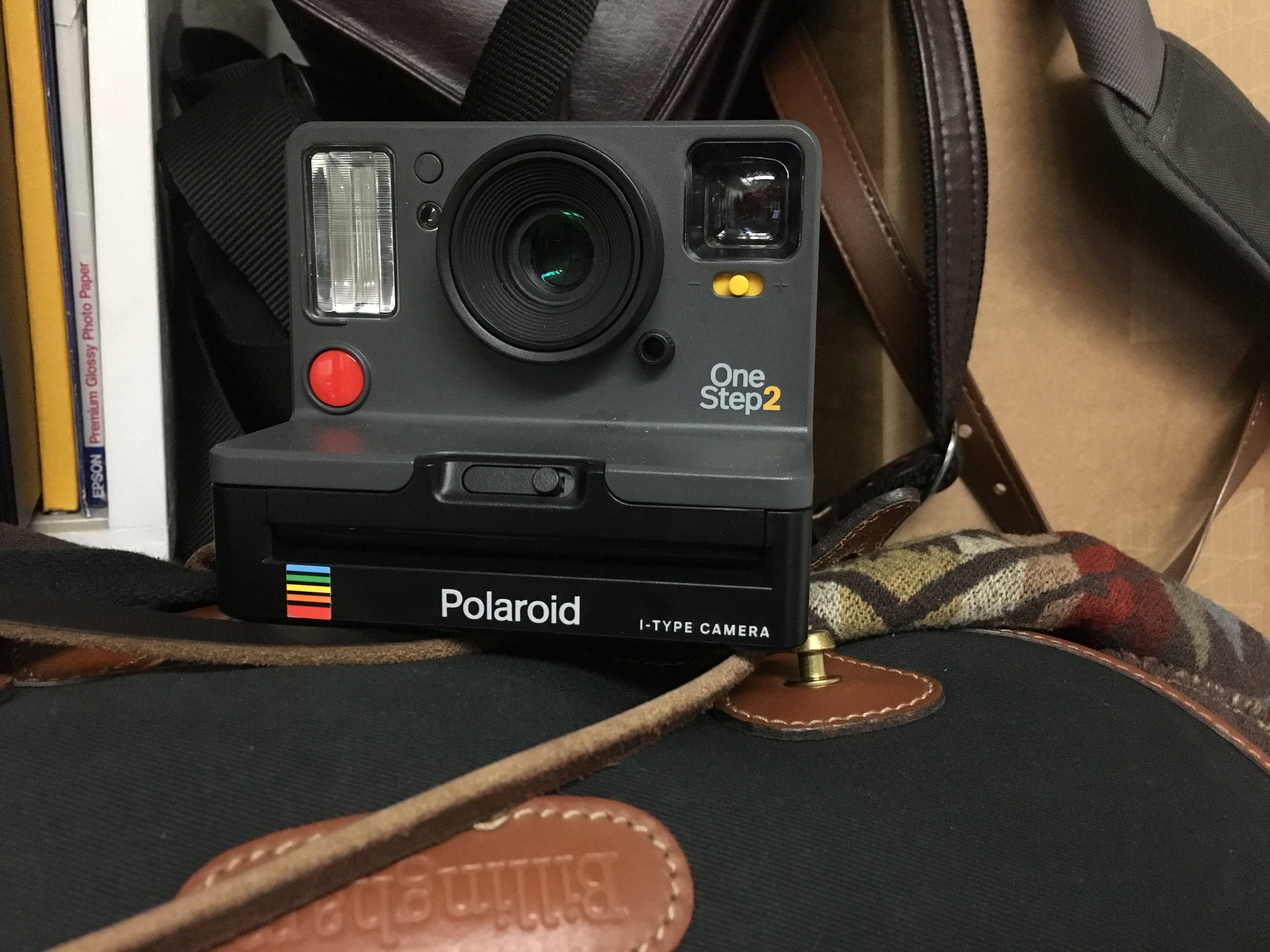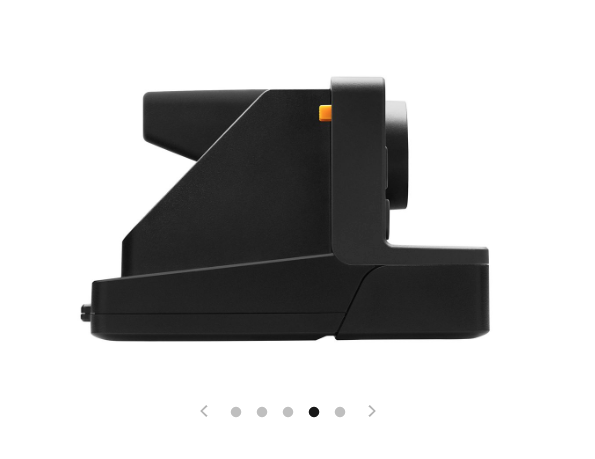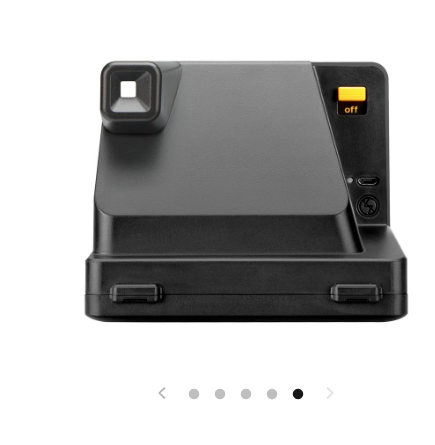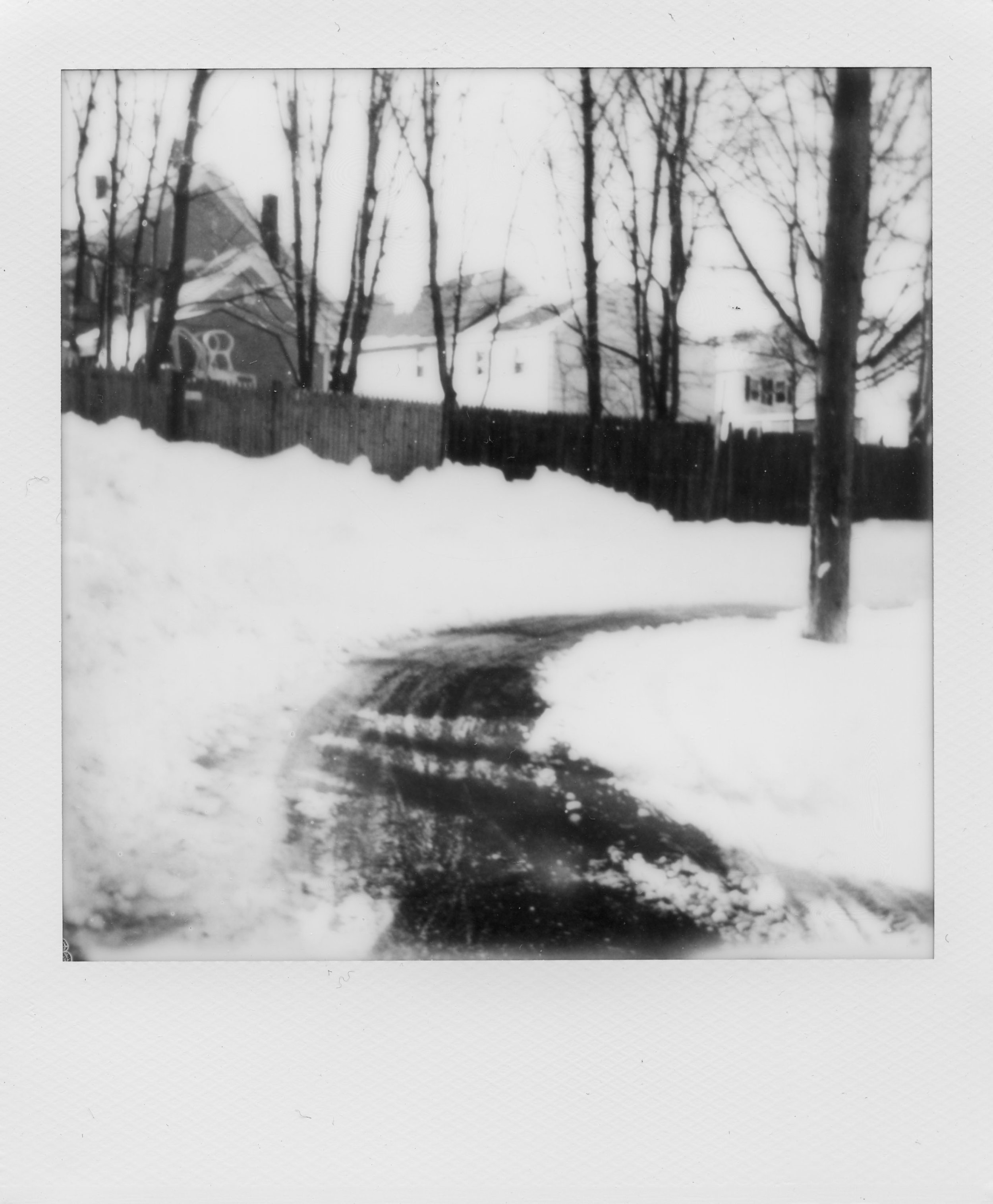Well, it has been a while since I last posted about a camera or anything here and that is all for good reason. A lot of great life events and also using less and less equipment for taking photographs which made this not as important for the reasons before but I felt like it would be a great time to write about a camera that has taken up all of my time and had me using less. I feel like most photographers go through phases of trying as many cameras as possible because it’s fun trying new things and seeing what works for your workflow of making pictures and then the other side of the scale is one camera and one lens. The latter of that statement is what I have been doing for almost the last seven years as the calendar flips over to 2025. In 2018 I purchased a Leica M4-2 from my mentor as a birthday gift to myself and a milestone piece and then a few days later my Voigtlander 35mm skopar showed up then a Voigtlander VC Meter II and the rest was history for a few years. I thought I enjoyed the Leica R7 but this camera clicked for me and became like second nature to me and I made some of my favorite images and memories with this camera. It turned into a camera that I brought everywhere for every moment and didn’t think about needing another camera or contemplate what one would be better for certain situations, it was just this camera for every situation (excluding the water of course). It reminded me that the images being made are what is important and if I didn’t have to think about the camera making the images it took one variable out of the …picture… and helped me … focus… on composition and it felt like an extension of my eye.
Now, you are probably thinking this is some absurd Leica M brainwashed cult talk but it could have happened to any camera and I think the camera I used up until this point was coming very close to this feeling, and this just really clicked and ticked every box I needed it too. Now before this turns into an intro to a recipe blog and you are looking for the skip to the actual review of the camera I promise I am almost there. One of the reasons I settled on the Leica M4-2 is mostly down to my budget and what I was able to afford and it’s funny what I paid for it now and thinking it was a fair price but when I was in college looking at the M6 prices that where the same price for I what I paid for that and I was thinking that’s insane about of money and if only past me could see what M6 cameras are selling for no let alone a reissue would be released. Okay to the review.
Overview
a more recent photo with the 35 Summicron v4 and Voigtlander VC IIMeter
The Leica M4-2 has a rather strange history as it was released after the Leica M5 due to it being such a departure of the “classic” Leica M styling and it put Leica in a bad spot financially (I’m sure there are more reasons as well …cough… cough …Leica R line) but you could argue this camera saved Leica. The M4-2 has the shortest production date of any M camera as it was produced from 1978-1980 in Midland Ontario Canada. To some, anything in Canadian Leica is not great and of lesser quality, and to some degree that is true as they were made to be repaired and have parts replaced and not adjusted like the M camera well before it. The camera is not made of brass and is black chrome, not black paint, and has no meter, seems like a step back from the M5 with no meter. Another change was the rangefinder glass was changed which made it more prone to flare that is something that I have experienced and it is rather annoying when the rangefinder patch and frame lines disappear, this was present in every Leica after it until the MP. You can also probably tell from the photos that the self-timer is missing from the camera and the covering of the camera was plastic and not vulcanite. For this camera, the skin has been replaced with leather from Aki-Asahi.
Now reading this you are probably thinking why the hell would I want this “cheaply made” Leica compared to the M3, M4 and that’s a great point but looking at it during its berth it was made this way to help Leica survive thanks to Walter Kluck who pushed for this camera to be made to help with the disappointing sales of the M5 and Leica focusing on the R system that was always a step behind other cameras of the day. If he did not push for this camera Leica might not have existed much longer. Leica has high standards for making cameras and optics and you hear all this about the camera being made to a lesser quality than the M’s before it but Leica still made it with their high standards and it makes it a cheaper option for others now that want to get into a Leica M at a lower cost.
first week of owning this camera, no lens hood or meter
Nuts and Bolts and handling
Just like every other Leica M it is a M-mount camera so it can use any lens with that mount and the optics are what matter. It is shutter speeds are bulb to 1/1000th a second it has a cloth shutter and has a hot shoe which is nice if you shoot flash. There is no meter so if you like to use the Sunny 16 rule or your phone, I highly recommend a Voigtlander VC II meter for the camera as it fits the camera perfectly and has a good degree of reading light. The camera has frame lines for 35,50,90 and 135 and honestly, I have only used a 35mm lens on this camera and the viewfinder with a 35 lens and glasses is a bit of an issue but never really bothered me much. I did add a plastic cover for DAG to my viewfinder to limit the amount of scratches on my glasses.
The camera handles just like any other Leica M before it or after it. It feels light when you have a 35mm lens on it and it feels about the same weight as some of the newer digital M’s and M6’s I have held. Now to me, most M bodies feel like a slab when holding them when coming from a point-and-shoot or an SLR that has some sort of grip on it but it never bothered me due to the film's advance as a thumb grip.
a few weeks in to ownership taped up and still no meter
Issues
The few issues I have had with this camera over the seven years of ownership are some shutter drag on my higher shutter speeds and a light baffle leak and burn hole in the shutter from the sun. This led to having it serviced by Youxin Ye for adjustment twice as the shutter drag was a bit persistent but he worked his usual magic and it was fixed the second time after testing with film. The baffle leak unfortunately wasn’t able to be fixed without getting another camera to swap out the internals of the shutter mechanism but he had a simple solution keep a lens cap on the camera when not using it as well as keep the lens out of direct sunlight. This was an easy solution but anyone with a rangefinder can tell you that if you don’t remember you have a lens cap on you might take a few shots with the cap on. In the same vein, I had a hole in the shutter cloth from the sun and it was a simple repair to paint the cloth with a paint solution that he mentioned where to get it if I ever ran into the issue again.
Most of these problems are due to the age of the camera as well as paying more attention to how is was carrying my camera so I don’t think anything directly with the camera was an issue for me other than needing a few tune-ups. I did find the 1/1000th limiting at times depending on the situation and film I was using. Some would say not having a meter in the camera would be an issue with the camera but I found the Voigtlander VC II meter to be an awesome meter and accessory to the camera that felt like it was a part of the camera and the degree of light it read was perfect for what I needed. The only fundamental issue with the meter on the top of the camera with separate dials I would forget to transfer those settings to the settings of the camera but again something simple to pay attention to.
Images
Here are a select few of images over the most recent years but I have several pages on my website that are shot with the camera and the Voigtlander 35 color skopar but all the images below are with the Leica 35 Summicron v4.
Conclusion
This camera has been everywhere with me for the last seven years and it is hard to sum it up as my ideas of what a camera needs to be have changed and simple and something that works and doesn’t get in the way of making the picture is important to me and that is this camera. After using so many before this and a few while owning this this camera was still the one I used and trusted for every moment over this time. I carried it everywhere, to work, to the grocery store, and sometimes around the house and it helped me be more present when taking photos some would say that is bullshit and any camera could do that but for me, this camera was an extension of me. It has been a fun camera to use and the hype for the Leica M camera is real it is a simple camera that works and I can see why so my people lust after it. For many reasons this a camera that I will never sell and keep forever for the images that I have made with and moments that experienced with this as well as a camera that I will keep using every day until the film gets too expensive. I do think if you are looking to get into a Leica M and want to save a little bit of money I would consider this camera and I know the following of this specific model I know others would say the same.













